China’s legislation protects the mother river and the ancient Yellow River is reborn.
CCTV News:Today (March 22nd) is the 31st World Water Day, and the United Nations has determined that the theme of World Water Day in 2023 is "accelerating change". From March 22nd to 28th, the 36th China Water Week was held, with the theme of "Strengthening water control according to law and working together to protect the mother river".
Water is the source of all things and the foundation of all things. First of all, let’s learn about the familiar "water" in our daily life through a word. Now displayed on the big screen is the earliest word "water" in China. It appeared in Oracle Bone Inscriptions in Shang Dynasty, and it looks like water flowing along water veins, but its original meaning is river.
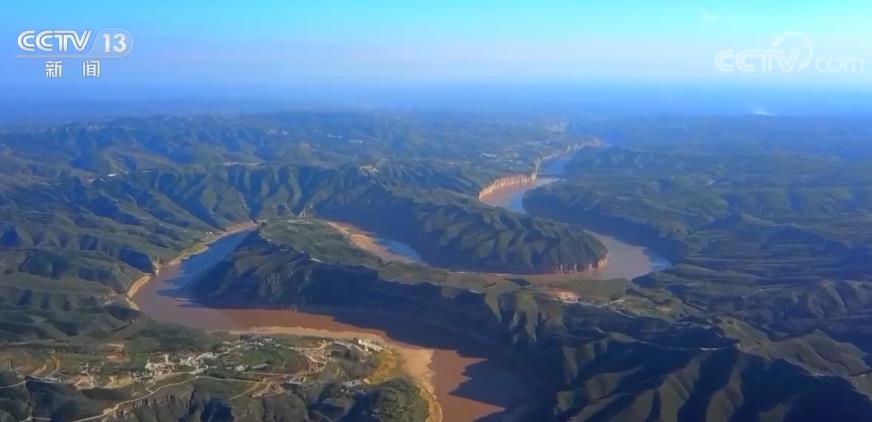
Early human civilization originated from both sides of the river, and our mother river, the Yellow River, gave birth to an uninterrupted Chinese civilization for more than 5,000 years. "The Yellow River is peaceful and the world is peaceful". How to better protect the mother river has become an important topic in modern water conservancy construction.
Legislation to protect the mother river, the ancient Yellow River, rejuvenated.
The Yellow River is the mother river of the Chinese nation, and its protection is a great plan for the great rejuvenation of the Chinese nation. On April 1st, the Yellow River Protection Law will be implemented soon, and there will be laws to protect the Yellow River.
In Shandong Yellow River Delta National Nature Reserve, the oriental stork, a national first-class protected bird, entered the breeding period. After a long incubation period, recently, the first chick hatched this year.
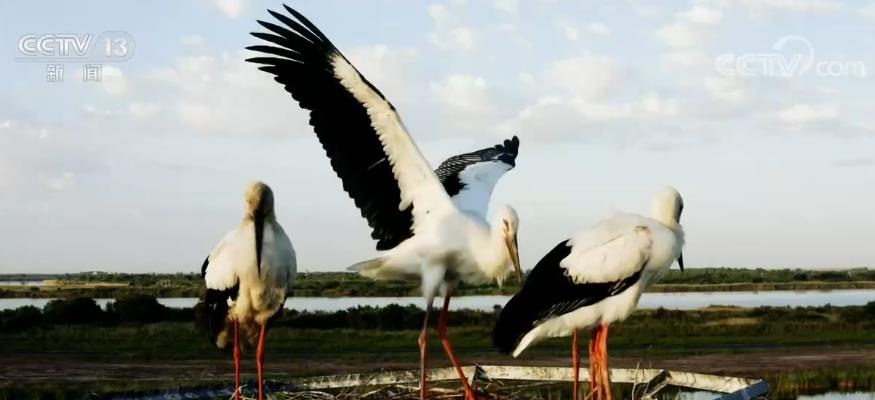
Thanks to the start of the Yellow River ecological water supply and wetland restoration project, the Yellow River Delta National Nature Reserve has become the most important breeding ground for oriental storks in the world, and millions of birds migrate and winter here every year. It has also become the most complete, extensive and youngest wetland ecosystem in the warm temperate zone of China.

In the Yellow River Protection Law, which will be implemented on April 1, specific measures such as ecological water replenishment and silt dam construction in the Yellow River Delta have been written into the legal provisions.
Gui Fan, Deputy Director of Policy and Regulation Bureau of Yellow River Conservancy Commission:The Yellow River Protection Law is a summary of many years’ experience in harnessing the Yellow River, which has raised an effective experience in harnessing water and sediment loss in the Yellow River basin to a legal level, which was not found in any previous law.
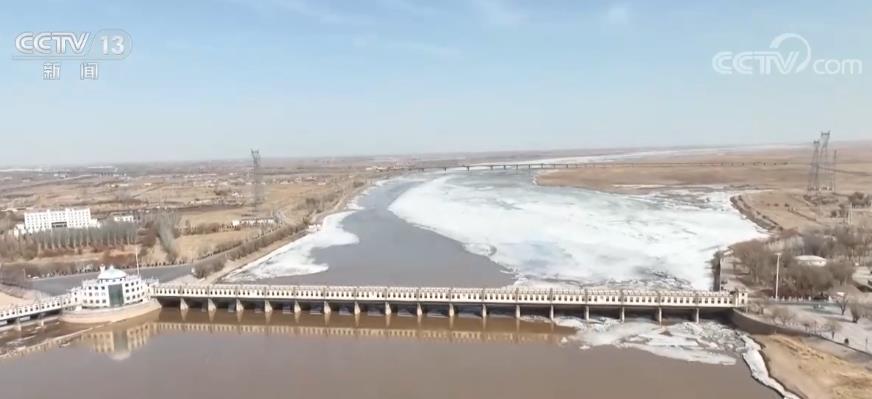
The Law on the Protection of the Yellow River clearly states that the state strengthens the ecological protection and restoration of the Yellow River basin, adheres to integrated protection and restoration, and implements systematic management with natural restoration as the mainstay and natural restoration combined with artificial restoration. The state implements a rigid restraint system for water resources in the Yellow River Basin, and insists on setting cities, land, people and production by water.
Li Xiaojing, Deputy Director of Policy and Regulation Department of Ministry of Water Resources:On the basis of fully performing their statutory duties, the nine provinces and regions in the Yellow River Basin should focus on the key points in combination with the actual situation. The upstream provinces should strengthen the protection and restoration of water conservation areas, the middle provinces should strengthen the soil and water conservation on the Loess Plateau, and the downstream provinces should strengthen the economical and intensive use of water resources, jointly do a good job in great protection and promote great governance, and create a new situation of ecological protection and high-quality development in the Yellow River Basin.
This year, China will further promote the recovery of the Mother River.
Just now, we saw that the measures for the protection and management of the Yellow River are constantly being iteratively updated. In addition, this year, China will further promote the recovery of the mother river, make the river flow, restore the lake, and build a harmonious symbiotic system of people and water.
Bi Shouhai, Director of Water Resources Protection Division, Water Resources Management Department, Ministry of Water Resources:This year, the Ministry of Water Resources will select 88 mother rivers (lakes), formulate the mother river recovery action, "one river, one policy" and "one lake, one policy" programs, strengthen the unified regulation of water resources, promote river regulation, water system connection, ecological water replenishment, groundwater overexploitation control, and gradually return the occupied ecological water, so as to restore the life of rivers and the vitality of basins.
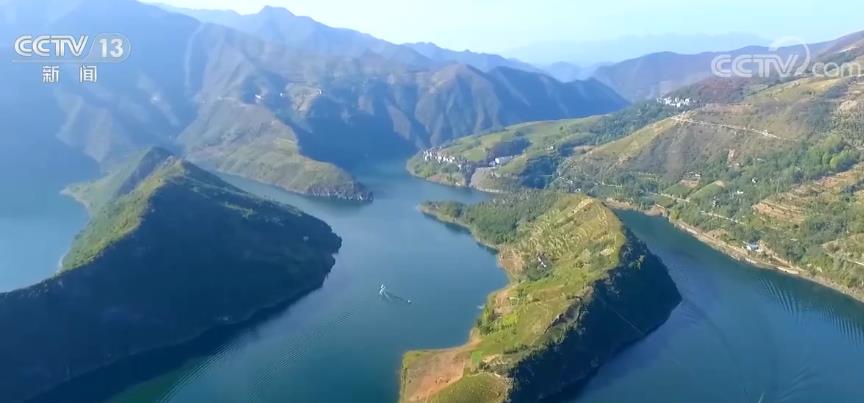
At the same time, this year, the state will focus on the Beijing-Hangzhou Grand Canal and rivers and lakes in North China to continue to promote centralized and normalized water replenishment, so as to realize the 707-kilometer-long connection of the Beijing-Hangzhou Grand Canal to the north of the Yellow River, and the water surface area of Baiyangdian Lake will be stable at more than 250 square kilometers throughout the year.
Recently, the Ministry of Water Resources has formulated and issued the "Key Points of River and Lake Management in 2023", which will comprehensively start the health evaluation of rivers and lakes and gradually establish a national river and lake health archive; Strictly control the shoreline space and sand mining management in rivers and lakes, and further promote the normalization and standardization of the "four chaos" in rivers and lakes.
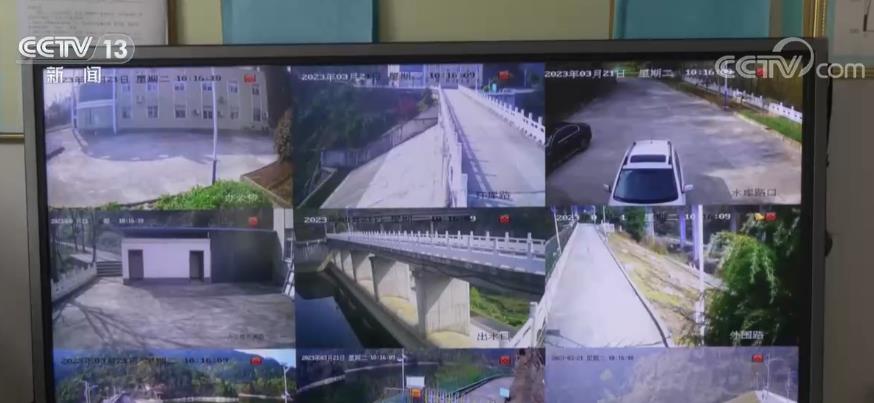
Li Xiaojing, Deputy Director of Policy and Regulation Department of Ministry of Water Resources:(River and lake management) Pay more attention to the basin as a unit, strengthen the unified planning, unified management, unified dispatching and unified management of the basin, and plan the overall situation of basin protection and management as a whole.